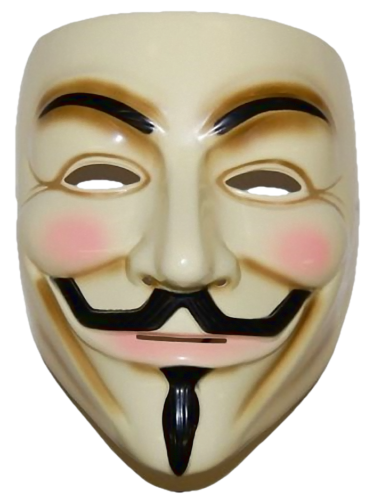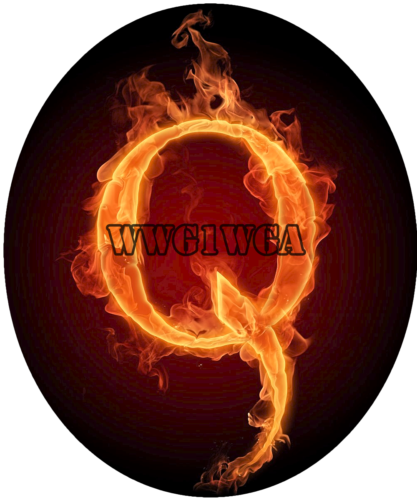
 The central domain of the Knights Templar in London was the area of land including Temple Church, Chancery Lane and the Southampton buildings, all owned by the medieval Order of the Temple of Solomon:
The central domain of the Knights Templar in London was the area of land including Temple Church, Chancery Lane and the Southampton buildings, all owned by the medieval Order of the Temple of Solomon:
During the reign of Henry II (1154-1189 AD), the Templar Order moved headquarters from their “Old Temple” site of the “Old Patent Building” at the Southampton Buildings (at the top of Chancery Lane at High Holborn) to their “New Temple” site of Temple Church (at the bottom of Chancery Lane at Fleet Street). Chancery Lane itself was created by the Knights Templar as a central access road for their complex of buildings in this special area. ((John Baker, Inner Temple History, Inner Temple (2009), Introduction, Part 1.)) ((James Campbell, The Map of Early Modern London: Chancery Lane, University of Victoria (2009).))
From the 13th century, this “Temple” domain was already heavily populated by prominent lawyers, who lived and worked there as legal advisors to the Commanders of the Templar Order. The Knights Templar were famously revered as the “Law Givers”, having established the Magna Carta of Common Law rights and the Rule of Law in 1215 AD, and ensured its permanent constitutional role within the legal system in 1225 AD.
The Inns of Court called Middle Temple and Inner Temple are both located surrounding the shared courtyard of Temple Church, at the bottom of Chancery Lane (Fleet Street), diagonally across the street from the Royal Courts of Justice.
Those sites which are the remnants of the original Knights Templar, who used those sites exclusively for genuine knightly Quests, dedicated to inherently good and Holy causes such as the Magna Carta defending the Rule of Law, continue to be used as power centers for good to this day.
Temple Church, the most famous 2nd Commandery of the original Knights Templar (featured in the 2006 movie “The Da Vinci Code”), is located at the bottom of Chancery Lane behind Fleet Street. It continues to be operated as a proper ecclesiastical Church, dedicated to genuine spiritual purposes.
Analysis of the Chancery Lane area indicates that the spirit of the original Knights Templar does maintain its esoteric influence over their former domain, working within the hearts and minds of traditional Barristers (top-level lawyers) to insist upon upholding the Rule of Law for the people:
Inner Temple and Middle Temple Inns are both adjacent to the courtyard of Temple Church itself. Closest to the consecrated Holy Temple of the original Knights Templar infused with their symbols, it is these two Inns of Court which have a historically proven track-record of maintaining the most defiant anti-establishment resistance in defense of Civil Rights.
Spirit of Resistance to Corruption – The famous Gunpowder Plot of Guy Fawkes, who attempted to blow up the Parliament in session, is directly linked to Barristers from both Inner Temple and Middle Temple Inns of Court:

The brothers Thomas and Robert Winter, who were admitted to Middle Temple in 1590 AD, were both tried alongside Guy Fawkes as co-conspirators and executed with him. Francis Tresham, a member of Inner Temple, was a key conspirator in the Guy Fawkes plot, whose message warning his brother-in-law not to attend Parliament on that day led to discovery of the plot. Tresham was exposed by Guy Fawkes under torture, and he died in prison in the Tower of London.
The famous mask is a stylized depiction of Guy Fawkes, traditionally used for his effigy, which as propaganda was burned every year during the government-ordered “holiday” of Guy Fawkes Night. During the early decades of observing Guy Fawkes Night, the annual bonfire was burned at the Temple Gate (on Fleet Street) as the entrance to both Inner and Middle Temple Inns of Court, demonstrating their association with the gunpowder plot as centers of dissention. ((F.A. Inderwick, Q.C., A Calendar of the Inner Temple Records, Volume II, Chiswick Press, Chancery Lane, London (1898), Introduction: xii.))
Despite its initial use as state propaganda, the Guy Fawkes mask was really always perceived by the people as a symbol of protest against government disregarding its limitations of authority as granted by and for the people.
With the 2006 movie “V for Vendetta”, Guy Fawkes became a renewed symbol for demanding Civil Rights against systemic corrupt abuses of power by government. His mask thus came to be used as a trademark by the anti-globalist hacker activist group called “Anonymous”, as well as the “Occupy Wall Street” and other worldwide anti-agenda protest movements.
Evidencing a coded folk tradition of Guy Fawkes as a symbol of protest against abuse of power, the Guy Fawkes commemorative poem is:
“Remember, remember, the 5th of November, the gunpowder treason and plot. I can think of no reason why the gunpowder treason should ever be forgot.”
Within the positive libertarian factions of the British Inns of Court, and in the halls of Inner Temple Inn, whose members include major Civil Rights leaders such as Mohandas Ghandi and Nelson Mandela, the resistance spirit of the ongoing fight for fundamental Human Rights will also “never be forgot”.
Spirit of Political Independence – The ethereal call of the “ghost of the Knights Templar” has continued to be an irresistible influence and relentless inspiration to the Inns of Court adjacent to the Order’s former Commandery:
Both the Inner Temple and Middle Temple Inns faithfully preserved and protected Temple Church throughout the 17th century, ensuring it was attended by sufficient clergy. The Treasurer of Inner Temple in 1898 AD explained that both Inns regarded Temple Church as a cultural center and focal point of the moral aspirations of their societies, “the one object for whose care and preservation all were concerned, upon which all looked with love and veneration”. This inspired the deeply ingrained sense of unity, by which they joined in resistance against interference by the monarchy, to promote their independence. ((F.A. Inderwick, Q.C., A Calendar of the Inner Temple Records, Volume II, Chiswick Press, Chancery Lane, London (1898), Introduction, cxxx.))
According to historians of the Inns of Court, “in the later 17th century… Chancery Lane became a focus for those attracted by political intrigue and dissent”, and a center for anti-establishment political dissidents to develop “systemized political organization”. ((Celia Pilkington, Saints and Rebels, in The Inner Temple Yearbook: 2013-2014, Honourable Society of the Inner Temple, p.23.))
The heritage and legacy of the Knights Templar has thus continued to serve as a motivating inspiration to a distinct faction of the highest ranking British lawyers, who remain dedicated to civil liberties, opposing various anti-humanitarian agendas of the modern era.
Spirit of Common Quests for Liberty – Far beyond the traditional Inns of Court which developed from Old London of the Templar Order, the Templar spirit of Chivalry by and for the people continues to inspire worldwide populist movements for political independence and civil liberties:

For the worst forms of Globalist corruption violating rights of international law across borders, modern operations for restoring the Rule of Law tend to require international cooperation of the Independent Judiciary profession with a Military Intelligence alliance, involving “above top secret” security clearances, considered higher than the level of presidential administrations of countries.
One of the highest and rarest security clearances in the United States, considered “above top secret” and related to Military Intelligence (higher than national security agencies), is called “Q Clearance”. Many insiders believe that “Q” is symbolically named for the knightly “Quest”, representing the Code of Chivalry which has been the backbone of the traditional Code of Honour of military professionals worldwide since the beginning of recorded human history.
With the 2016 Brexit referendum vote, from 2017 “Q” became a symbol for the anti-globalist anti-propaganda Truth Movement of patriots and researchers. Supported by Military Intelligence veterans around the world, the movement promotes what it calls “The Great Awakening” of the people to reclaim their civil liberties.
The “Q” movement declares its goals as upholding Human Rights (including the right to self-governance of peoples through national sovereignty), and demanding restoration of the Rule of Law and Justice against governmental corruption.
Indicating that the populist movement at least subconsciously seeks and expresses the principle of collective Chivalry, influenced by the echoes of the Templar spirit of Magna Carta, the “Q” movement adopted the modern chivalric motto attributed to President Kennedy: “Where We Go One We Go All”.
You cannot copy content of this page
Javascript not detected. Javascript required for this site to function. Please enable it in your browser settings and refresh this page.
